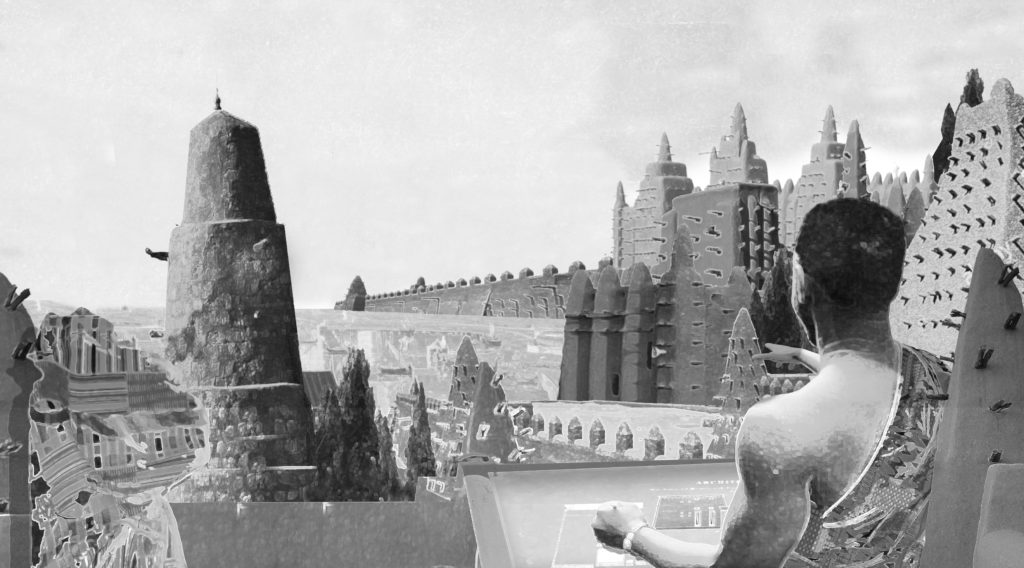The extract from Anthony Vidler’s The Third Typology examines three Architectural typologies that have developed within the last three centuries. The first typology came with the Enlightenment. In this era, architects believed that in order to produce good architecture they must first strip all contemporary forms to their bare essentials. This typology is clearly expressed in the idea of the primitive hut. The second typology of producing architecture was developed with the advent of the industrial revolution. This typology is largely associated with the high modernist doctrine. It sought to draw parallels between the design and the production of a built environment with the design and production of machinery. The third typology views architecture as a discipline on its own that does not solely respond to function or other contextual factors.
The characterization of these typologies forces us to think about the place of architects in society. Architectural discourse is largely ignored by the public. Architects for a long time have deliberated on complex, humanistic, and revolutionary ideas on what, how, and where to build. For the most part, however, only a minute fraction of what we build in our cities are actually the product of concrete architectural philosophy. It brings up the question of whether we are meant to follow, lead, or evolve in tandem with other aspects of civilization(or do we have to choose?). In Vidler’s text, the first and second typologies are characterized as responses to the developments in science and industry. This is basically the idea that we are solely meant to document, in edifices, the technological, social, and political contexts of our time. On the other hand, the third typology recognizes the field of architecture as being complete on its own. It is interesting to see how architects are responding to these dilemmas. For instance, some architects believe that going into property development gives them a more efficient means of imprinting their intellectual visions on cities ( https://www.designindaba.com/videos/interviews/issa-diabat%C3%A9-designing-future-urban-africa ).
Another topic previously discussed in class that came up in the readings was Rossi’s idea of The Analogous City. This concept asserts that there are possible alternative forms of a city that translate the same values. Rossi views Canaletto’s painting of Venice as a paradigm of this idea. But what if you’re not referencing any city at all but an idea such as Utopia. The postcard reminded me of The architect’s dream. The painting was done in 1840 by American artist Thomas Cole. The painting shows a grand scene achieved by an olio of ancient architectural styles. It is however not referencing any city at all but an idea. The image is meant to be a fantasy of the architect portrayed in the foreground. The Utopian theme is achieved by the eclectic mix of architectural styles. It also alludes to the numerous forms assumed by Utopia in history and how in the end they all translate similar ideas.
Wikipedia contributors, “The Architect’s Dream,” Wikipedia, The Free Encyclopedia, https://en.wikipedia.org/w/index.php?title=The_Architect%27s_Dream&oldid=973238732 (accessed October 2, 2020).
Vidler, Anthony. The Third Typology and Other Essays. 1977.
Aldo Rossi. An Analogical Architecture. 1976.


